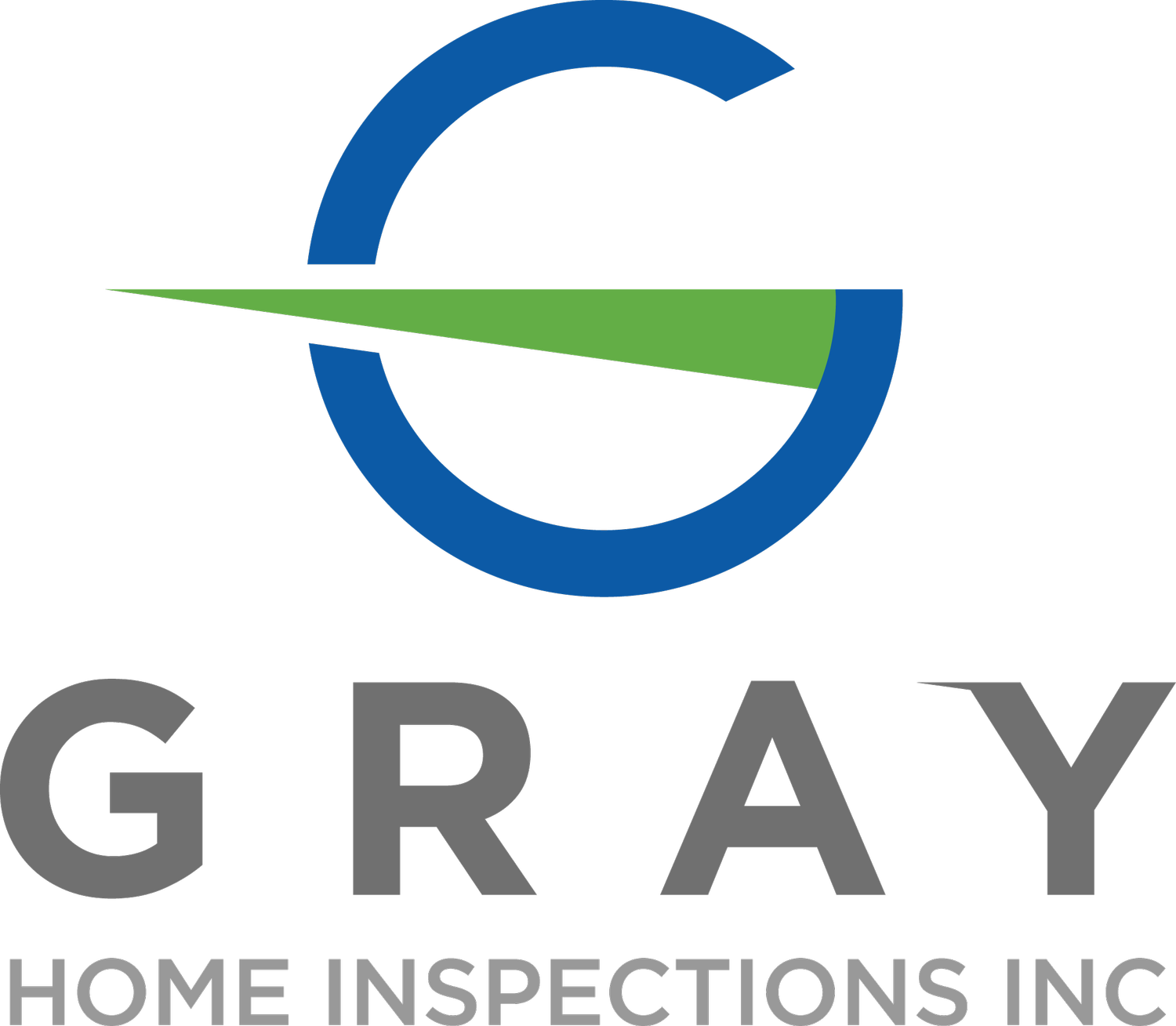Do LED Lights Use A Lot Of Electricity?
When it comes to lighting in your home, it is important to seek the best bang for your buck. Homeowners are in the business of saving money and not spending so much. Simply owning a home can be rather draining to the bank account. When it comes to lighting, having the right lights and layout is important. You wouldn't want to get a surprise on your electric bill because you used the wrong light bulbs or lighting in your rooms. Be sure to have LED lights installed if possible. Do LED lights use a lot of electricity? LED lights actually use less energy or electricity than incandescent or CFL lights.
Let's take a look below at what this all means.
What Are LED Light Bulbs?
If you didn't know what an LED light bulb is, it is a light-emitting diode (LED). These types of light bulbs have a tiny semiconductor that is wrapped in plastic to focus the light and protect the elements. LED light bulbs lack wire filaments that other bulbs have. The word "diode" simply means two terminal conductors.

How Different Are LED Bulbs From Incandescent Bulbs?
There are a few ways that LED strip lights or bulbs are different from incandescent or CFL lights. Let's take a look below at what those differences are.
- Lifetime - The lifespan of an LED light is a lot longer than the lifespan of traditional incandescent or CFL lights.LED bulbs are more energy efficient and can last 3 to 5 times longer than any CFL bulb. Also, LED bulbs can last 30 times longer than any incandescent bulb.
- Direction - LED lights emit the light in a specific direction. In doing this, the light bulb does not need reflectors or diffusers to trap light. With this feature, the LED light is more efficient and has better functionality for lighting such as recessed or task lighting.
- Light source - The size of a pepper speck and the LED can emit a range of light colors. LED bulbs will use a mixture of red, green, and blue colors to create a warm white light.
- Heat - Very little heat is released from an LED light. Incandescent bulbs will release 90% of their energy as heat. CFL bulbs will release 80% of their energy as heat.
What Are My Energy Savings?
Have you ever wanted to know how much energy is used or the cost behind each type of light bulb? Let's take look at what it means to have a 100-watt light bulb or any other light bulb type.
- LED bulb - If you want the same amount of light as a 100-watt incandescent light bulb, you would need a 16-watt LED bulb. This is an amazing difference in energy usage. This equates to 140 kWh (kilo-watts per hour) of electricity usage over the course of a full year. Additionally, it would cost only $21 to use this much energy. This is huge lighting savings and money on your electric bill.
- Incandescent bulb - Using a 100-watt incandescent bulb for an entire year will utilize 876 kWh of energy. Consequently, this is $131.40 in electricity costs. Additionally, you will replace the incandescent bulb once a month.
- CFL bulb - To match the brightness of a 100-watt incandescent bulb you would need a 25-watt CFL bulb. This would use 216 kWh over the full year. Consequently, this would cost you $32.40 in energy expenses. Also, you will be replacing the CFL bulb twice a year.
Other Recommended Maintenance
Now that you know if LED lights use a lot of electricity you can read up on what makes a light bulb explode. This will provide you with some background knowledge with regard to if your LED bulbs have the capability of exploding and why.
Next, if you chose to install smart LED bulbs, you will need to know how they work. For your safety, knowing what it takes to reset the smart bulbs is important. Keep your home from becoming a dark place because the smart bulbs are acting up. Typically that means that the bulbs are not communicating properly with their applications or network.
Lastly, if you are having your electrical system inspected by your local home inspection team, consider getting a sewer scope inspection as well. This will give you peace of mind when it comes to your plumbing, in addition to your electrical system.

When Do I Call A Professional?
Call on your local home inspection team before adding new lighting or light fixtures to your home. Your local home inspection team can inspect your electrical setup and recommend ways to upgrade the lighting of your home. Additionally, they can refer you to a reputable professionally licensed electrician. Keep in mind that not all LED lights are a good idea for certain areas of your home. Also, they are not meant for every light fixture. These are conversations that you can have with your local licensed electrician and home inspection team.
Conclusion
Prior to changing your light fixtures or adding additional lighting throughout the home, it is a good idea to get a full home inspection. Getting a full home inspection can provide you with upgrade ideas before you go out and purchase a lot of LED lights. You will want to make sure that your circuit breaker can handle the additional electrical load of adding more lights to your home. Reach out to Gray Home Inspections for an electrical inspection and a complete home inspection in Jacksonville, FL, and surrounding areas.
